Hooligans and Homicide UK Trip 2019
Saturday, we were with Police Scotland again. The Inspector first took us to the Dumfries and Galloway Constabulary Museum. Joe Craig, a retired officer, was the keeper of the museum. I believe he joined the force sometime in the 1960s. He touched on the Lockerbie Bombing, but talked mostly about the history of the police in Scotland. He says that only one officer has been killed by a citizen in the entire policing history, and there are only a handful of officers in the country that carry firearms. There is a plaque on the wall about forensic science. Ironically, it was very small and hidden in the corner. One of the pictures is of Ethan making a sad face at our insignificance. However, there was also a wall plaque that talked about the first case to use forensic etymology. This was the Buck Ruxton Murders. Forensic etymology is the study of the life cycle of bugs and bug types/ Different types of bugs cling to a dead body based on how long the body has been dead. This, along with the life cycle of the bugs allows forensic scientists to determine the approximate time of death of the victim. It is a very cool and unarguable technique but very gross. If you look at the display case in the picture of the Buck Ruxton Murders, you will see that there is a book. When Ethan and I were talking to Joe, we mentioned that we were studying forensics. He then took the book out of the display case and GIFTED IT TO US ON THE SPOT. We were ecstatic. Truly grinning ear to ear. Joe did not write the book, but we still asked him to sign it for us as a sentiment. Ethan gets to read the book first, and I will get it after him. From there, who knows who the final owner of the book will be. After the museum, wer had a presentation with two youth engagement officers. They are similar to the Deputies places in our schools. They work with schools to prevent youths from committing crime. Their focus is on preventative measures, education, restorative justice, and counseling rather than punishment. After this presentation, we went back to the Dumfries and Galloway headquarters. We had a presentation on the Police Scotland Youth Volunteers. They are basically mini police. The PSYV are groups of kids that aged 13-17 that engage in many activities. They meet once a week and participate in first aid training, police duty training, mental health presentations, LGBT presentations, Alzheimer's presentations, and general public safety presentations. They also work for the community. They volunteer at old folks homes, garden, pick up litter, and do other general community service work. Events taking place in the community are also able to hire their services for the events. They check bags, take tickets, help seat the disabled, and clean up after the events. There are 44 groups of the PSYV in Scotland each with 24 students each. Students have to apply to this program. The program has a goal to accept kids so that 25% of them are from high risk families. I guess this program would resemble maybe a high school cadet program in the States. We watched a few promotional videos about the PSYV, and honestly, it made me want to join. After the PSYV presentation, we had a presentation from a Substance Misuse Officer. She partners with the Alcohol and Drug Partnership or ADP to help deal with the negative effects on the community and youth that are caused by drugs and alcohol. Her job is to find out the new drug trends in the area as well as common abusers and high risk youth to target. She also overviews OD cases. A part of her department goes around communities and provides amnesty to some drug users by collecting all of the dirty needles and providing them with clean needles. They are going to find a way to do the drugs, so why not let them do it in a clean way. Our last presentation of the day was by a sergeant. I cannot remember his specific title. He wanted our input on how we believe their community policing and youth policing could improve. We mentioned the many similarities and actually mentioned that we should take advice from them. In the US, really great programs are introduced, but cut before there is time to actually see improvement. The US wants immediate short term relief programs. Where Scotland has stuck with their programs for over 10 years, and have seen great results. I mentioned that sometimes in the US the you have to prove a program works before you can earn proper funding, but in Scotland, all of the program money is given up front. This means they are able to not only start strong, but continually get funding. One of the reasons for this is that the youth and their shenanigans is not regarded as an educational problem, but a sociological and health problem. Therefore, they have more funding. After this presentation, we were provided with gift bags and lunch from the headquarters. We were very surprised and touched by our gifts. Following lunch, we set out for the Youth Beatz Festival. This is a festival targeting students aged 13-17. It is part of an initiative to educate kids and bring the community together. It very closely resembled a State Fair, but only for the youth. Adults are welcome, but must be accompanied by a teenager. This would have been a very cool experience for 14-year-old Clara, but almost 21-year-old Clara did not find it very entertaining. I felt very over aged and out of place. There were wall-to-wall teens doing teen things. There were concert venues, rides, and food trucks. There were also 5 large educational tents. We made sure to visit a booth run by the Substance Misuse Officer that gave us our presentation earlier. A few of the less mature students on the trip decided to stay at the festival all night. However, a majority of us returned to the hotel for dinner, movies, and not teenage festivals.
clarabreeding
25 chapters
Dumfries Day 3
Saturday, we were with Police Scotland again. The Inspector first took us to the Dumfries and Galloway Constabulary Museum. Joe Craig, a retired officer, was the keeper of the museum. I believe he joined the force sometime in the 1960s. He touched on the Lockerbie Bombing, but talked mostly about the history of the police in Scotland. He says that only one officer has been killed by a citizen in the entire policing history, and there are only a handful of officers in the country that carry firearms. There is a plaque on the wall about forensic science. Ironically, it was very small and hidden in the corner. One of the pictures is of Ethan making a sad face at our insignificance. However, there was also a wall plaque that talked about the first case to use forensic etymology. This was the Buck Ruxton Murders. Forensic etymology is the study of the life cycle of bugs and bug types/ Different types of bugs cling to a dead body based on how long the body has been dead. This, along with the life cycle of the bugs allows forensic scientists to determine the approximate time of death of the victim. It is a very cool and unarguable technique but very gross. If you look at the display case in the picture of the Buck Ruxton Murders, you will see that there is a book. When Ethan and I were talking to Joe, we mentioned that we were studying forensics. He then took the book out of the display case and GIFTED IT TO US ON THE SPOT. We were ecstatic. Truly grinning ear to ear. Joe did not write the book, but we still asked him to sign it for us as a sentiment. Ethan gets to read the book first, and I will get it after him. From there, who knows who the final owner of the book will be. After the museum, wer had a presentation with two youth engagement officers. They are similar to the Deputies places in our schools. They work with schools to prevent youths from committing crime. Their focus is on preventative measures, education, restorative justice, and counseling rather than punishment. After this presentation, we went back to the Dumfries and Galloway headquarters. We had a presentation on the Police Scotland Youth Volunteers. They are basically mini police. The PSYV are groups of kids that aged 13-17 that engage in many activities. They meet once a week and participate in first aid training, police duty training, mental health presentations, LGBT presentations, Alzheimer's presentations, and general public safety presentations. They also work for the community. They volunteer at old folks homes, garden, pick up litter, and do other general community service work. Events taking place in the community are also able to hire their services for the events. They check bags, take tickets, help seat the disabled, and clean up after the events. There are 44 groups of the PSYV in Scotland each with 24 students each. Students have to apply to this program. The program has a goal to accept kids so that 25% of them are from high risk families. I guess this program would resemble maybe a high school cadet program in the States. We watched a few promotional videos about the PSYV, and honestly, it made me want to join. After the PSYV presentation, we had a presentation from a Substance Misuse Officer. She partners with the Alcohol and Drug Partnership or ADP to help deal with the negative effects on the community and youth that are caused by drugs and alcohol. Her job is to find out the new drug trends in the area as well as common abusers and high risk youth to target. She also overviews OD cases. A part of her department goes around communities and provides amnesty to some drug users by collecting all of the dirty needles and providing them with clean needles. They are going to find a way to do the drugs, so why not let them do it in a clean way. Our last presentation of the day was by a sergeant. I cannot remember his specific title. He wanted our input on how we believe their community policing and youth policing could improve. We mentioned the many similarities and actually mentioned that we should take advice from them. In the US, really great programs are introduced, but cut before there is time to actually see improvement. The US wants immediate short term relief programs. Where Scotland has stuck with their programs for over 10 years, and have seen great results. I mentioned that sometimes in the US the you have to prove a program works before you can earn proper funding, but in Scotland, all of the program money is given up front. This means they are able to not only start strong, but continually get funding. One of the reasons for this is that the youth and their shenanigans is not regarded as an educational problem, but a sociological and health problem. Therefore, they have more funding. After this presentation, we were provided with gift bags and lunch from the headquarters. We were very surprised and touched by our gifts. Following lunch, we set out for the Youth Beatz Festival. This is a festival targeting students aged 13-17. It is part of an initiative to educate kids and bring the community together. It very closely resembled a State Fair, but only for the youth. Adults are welcome, but must be accompanied by a teenager. This would have been a very cool experience for 14-year-old Clara, but almost 21-year-old Clara did not find it very entertaining. I felt very over aged and out of place. There were wall-to-wall teens doing teen things. There were concert venues, rides, and food trucks. There were also 5 large educational tents. We made sure to visit a booth run by the Substance Misuse Officer that gave us our presentation earlier. A few of the less mature students on the trip decided to stay at the festival all night. However, a majority of us returned to the hotel for dinner, movies, and not teenage festivals.
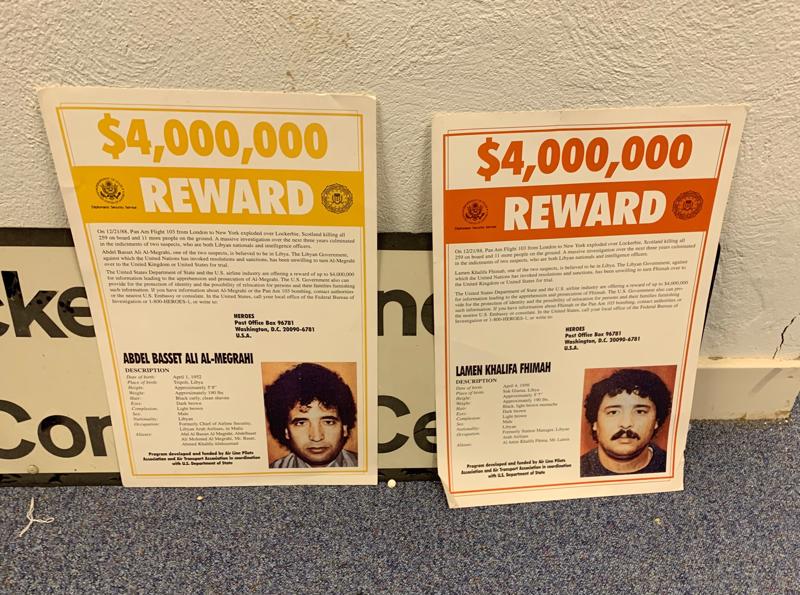
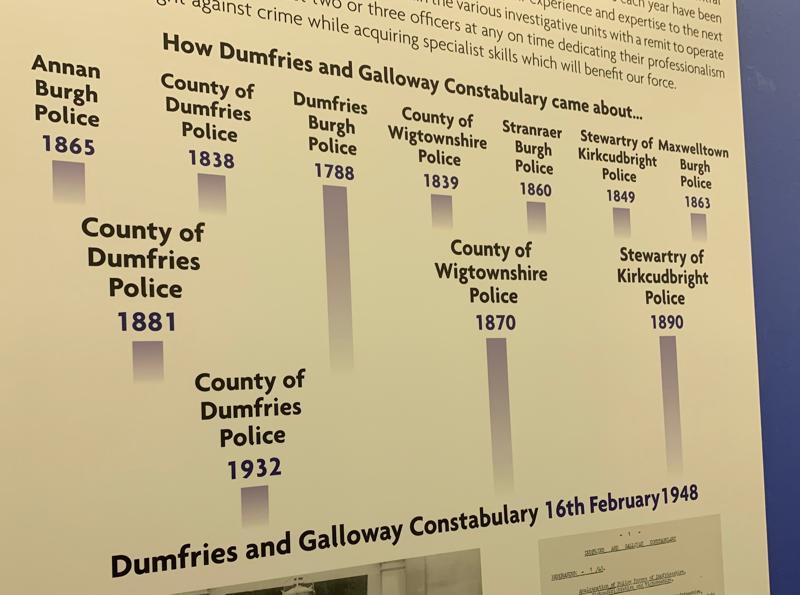
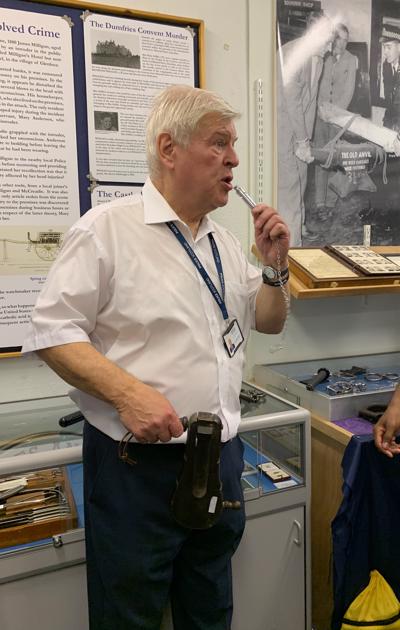

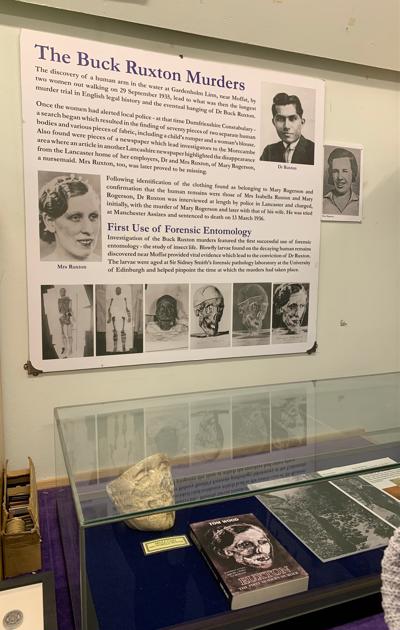
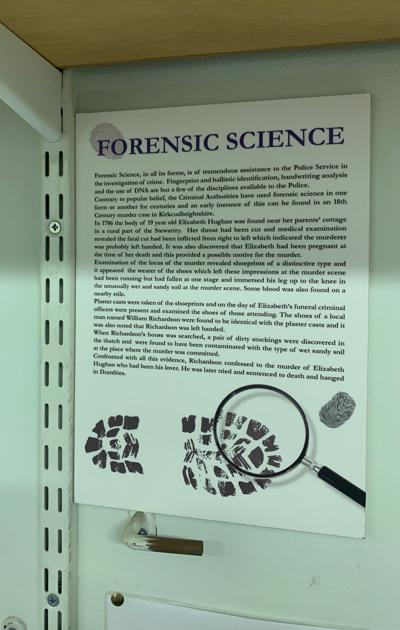

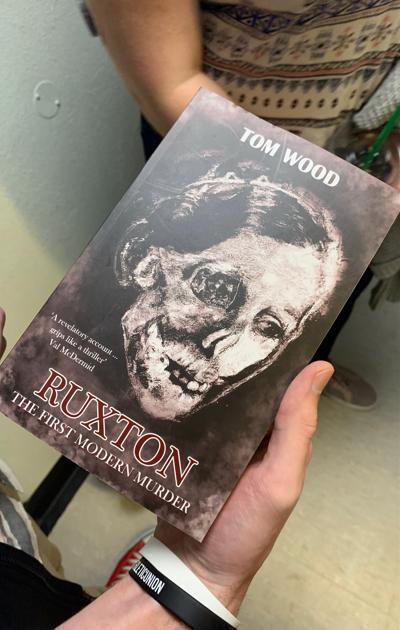
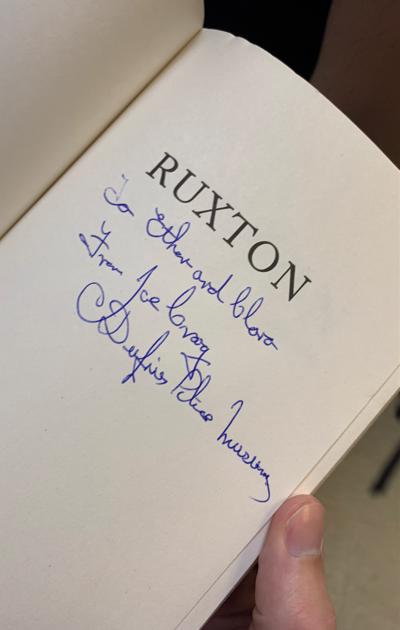
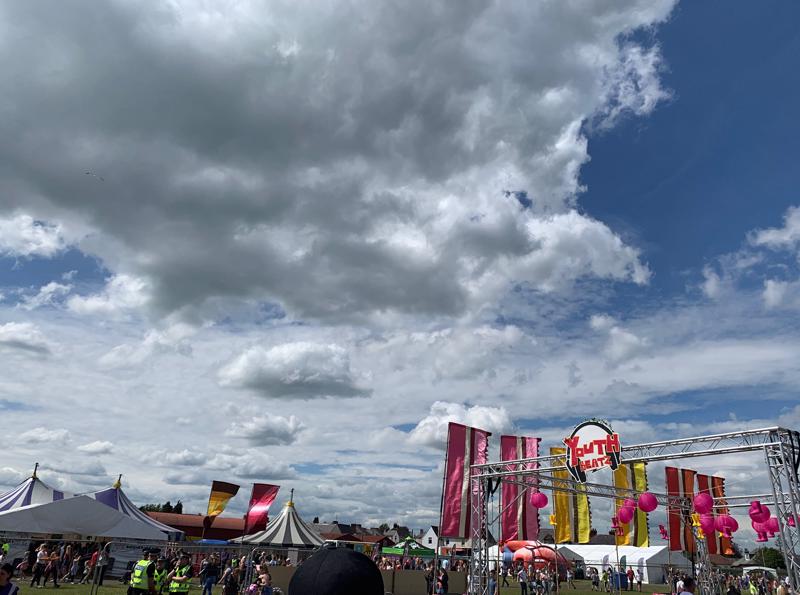

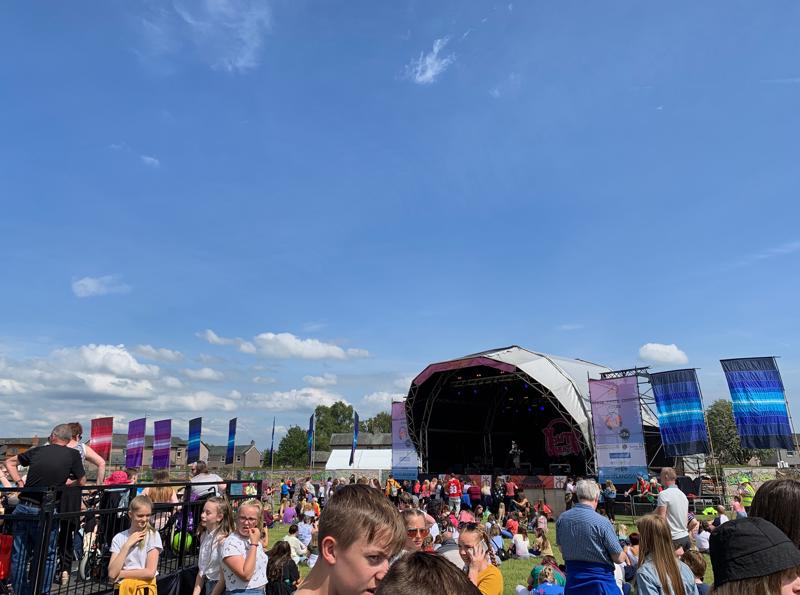
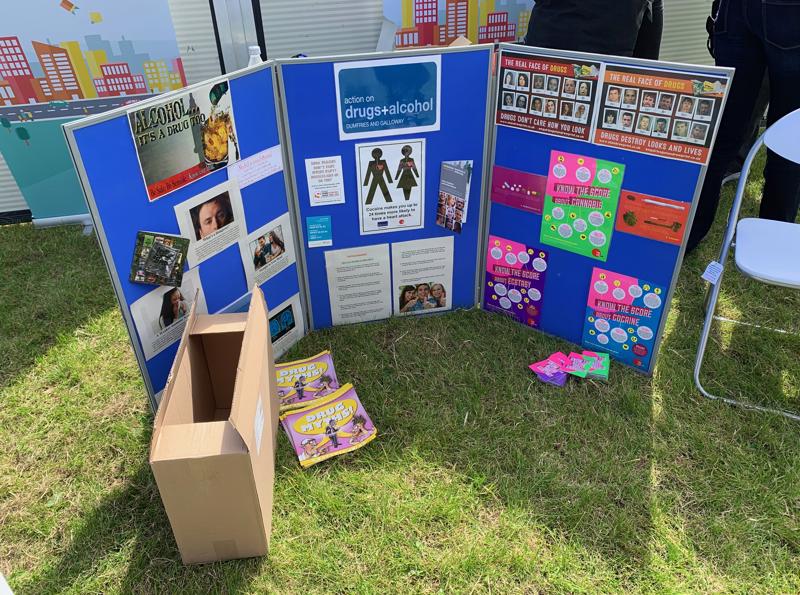
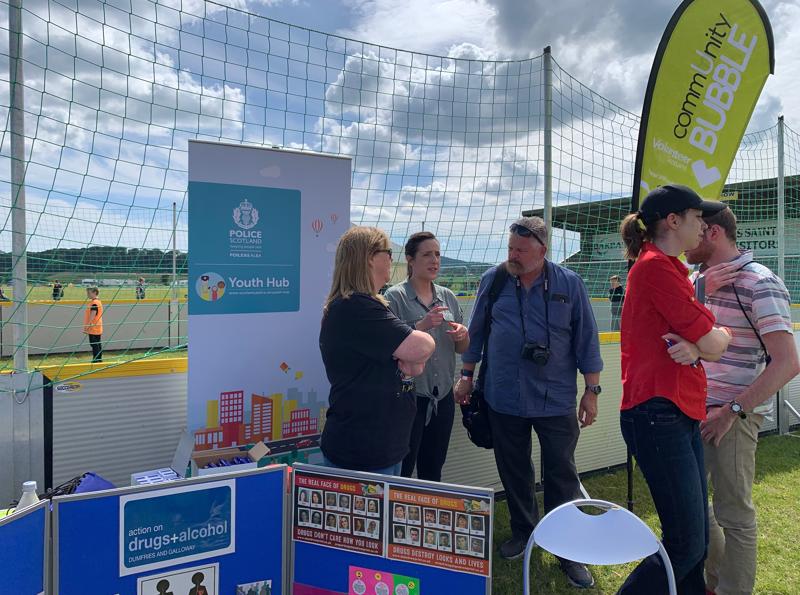
1.
Introduction
2.
Arriving in London
3.
Reading Station Police
4.
Thames Valley Headquarters and Oxford
5.
Nottingham and Leeds Day 1
6.
Leeds Day 2
7.
Leeds Day 3
8.
Leeds Day 4
9.
Leeds Day 5 and Liverpool Day 1
10.
Liverpool Day 2
11.
Liverpool Day 3
12.
Liverpool Day 4
13.
Transport from Liverpool to Dublin
14.
Dublin Day 2
15.
Dublin Day 3
16.
Dublin Day 4 travel to Belfast Day 1
17.
Belfast Day 2
18.
Belfast Day 3
19.
Belfast Day 4
20.
Belfast Day 5 traveling to Dumfries Day 1
21.
Dumfries Day 2
22.
Dumfries Day 3
23.
Dumfries Day 4
24.
Dumfries Day 5 and Edinburgh Day 1
25.
Edinburgh Day 2
Share your travel adventures like this!
Create your own travel blog in one step
Share with friends and family to follow your journey
Easy set up, no technical knowledge needed and unlimited storage!
© 2025 Travel Diaries. All rights reserved.